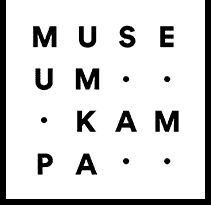
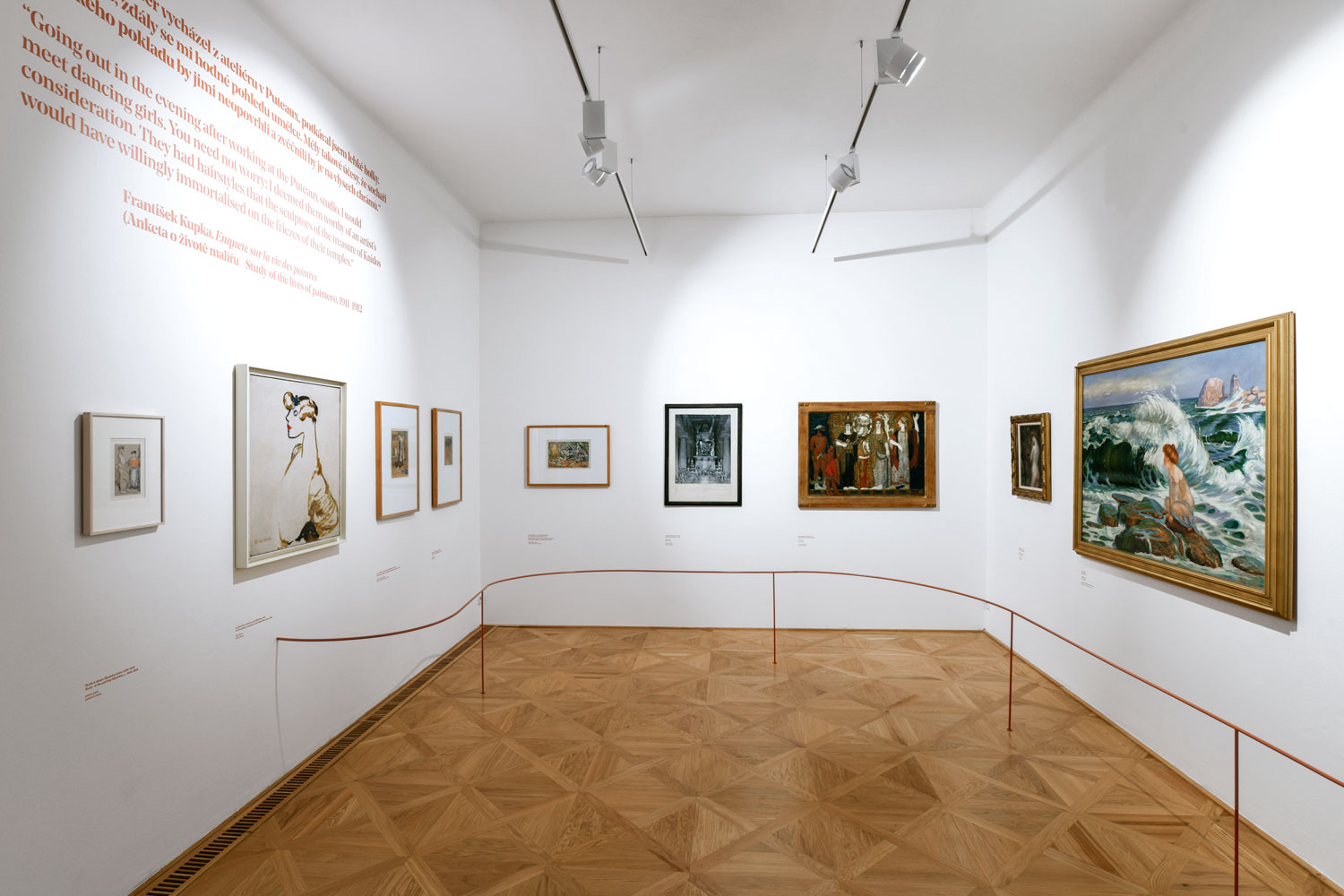
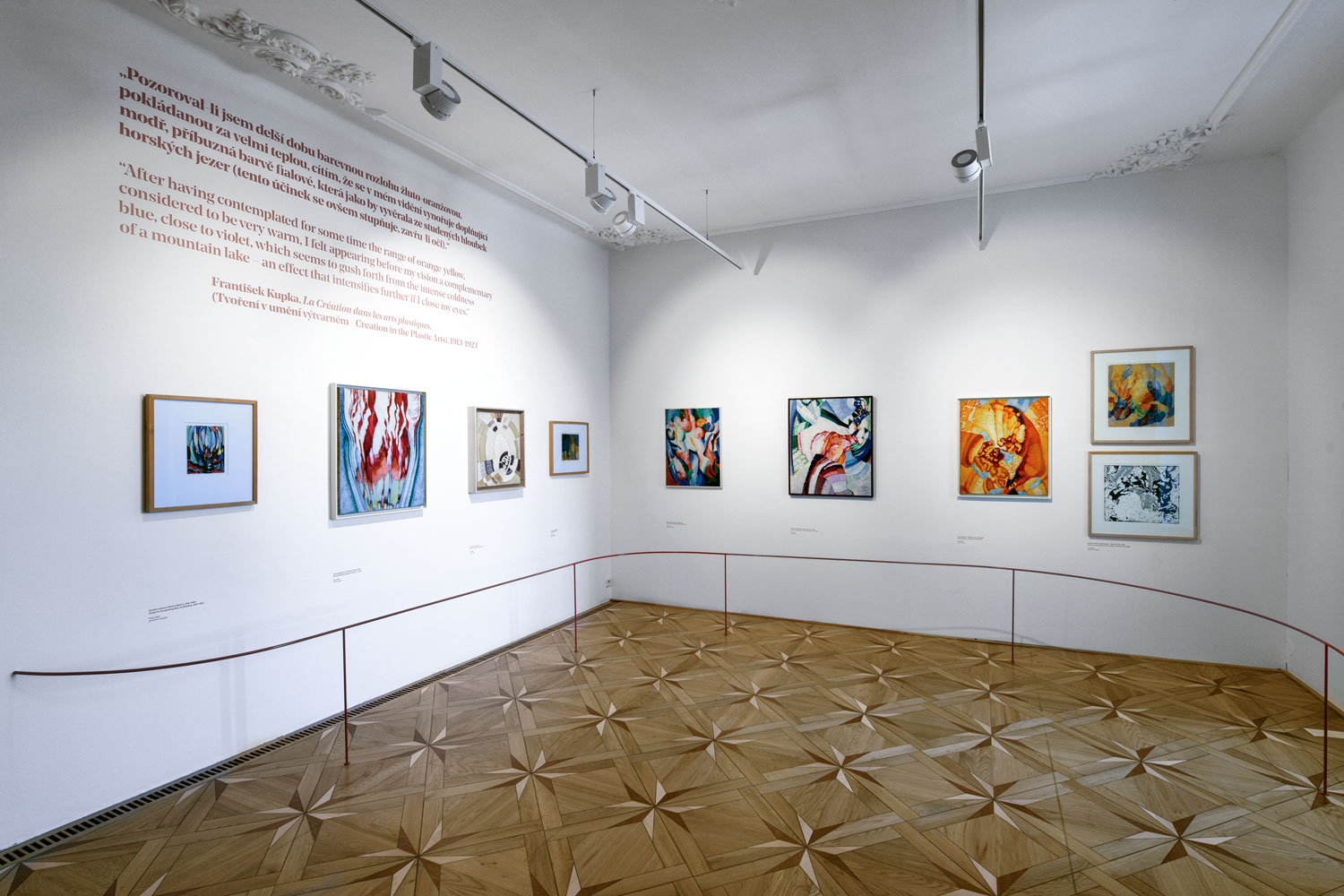
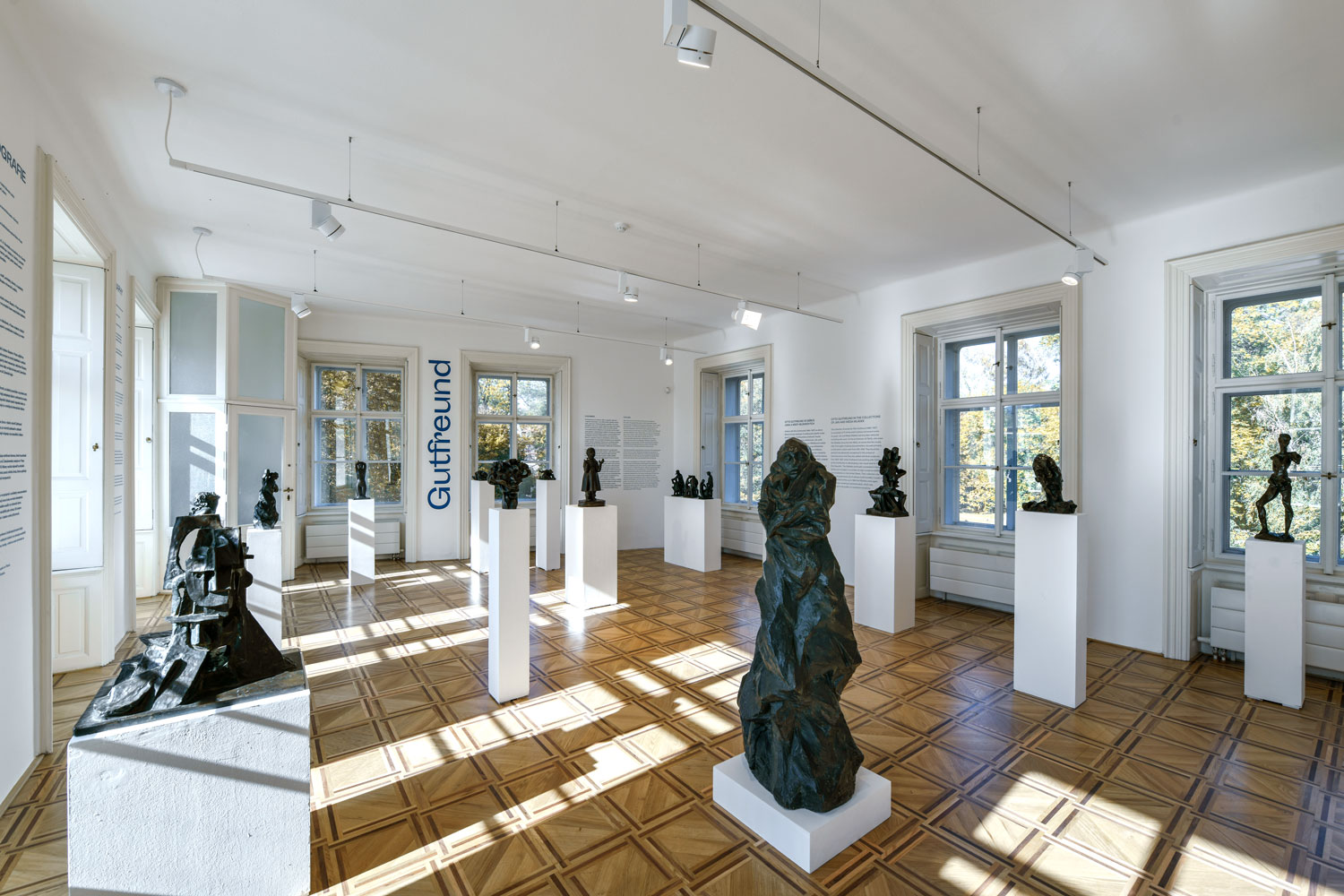
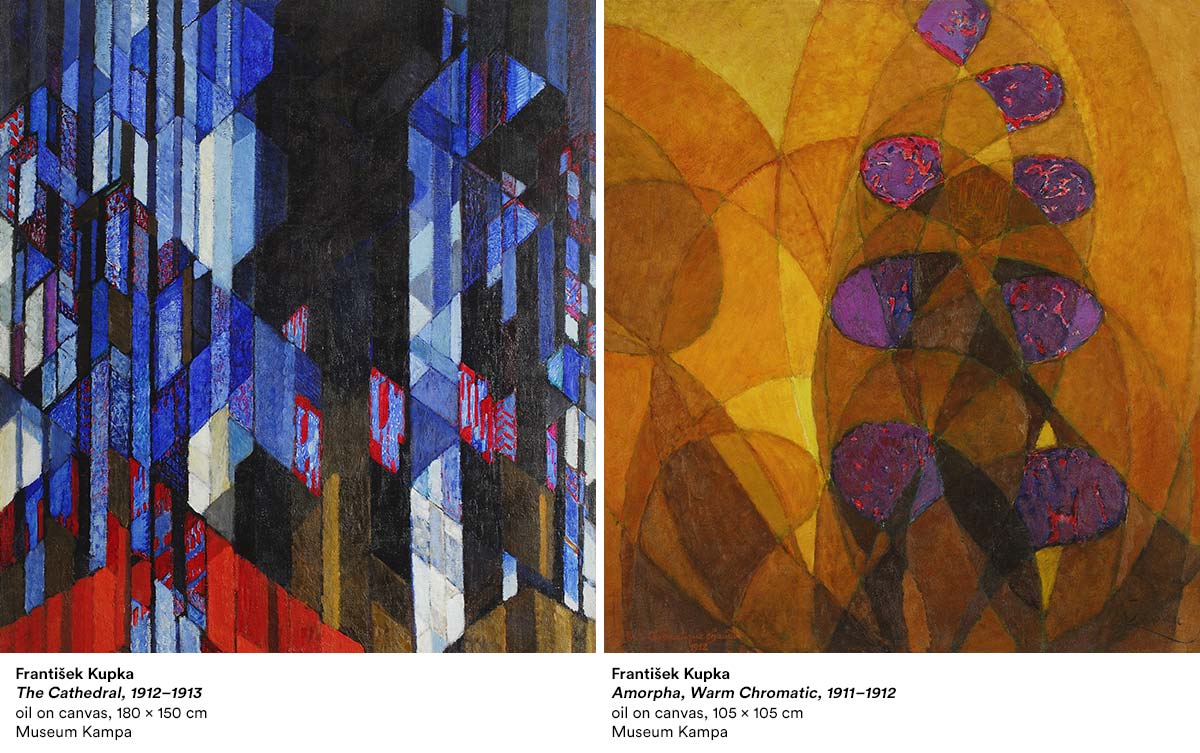
Kupka
Gutfreund
Masters of World Art
Museum Kampa, founded by the Jan and Meda Mládek Foundation, established in turn by the Czech- American art collector and benefactor Meda Mládek (b. 1919), is one of the most popular galleries in Prague. This is in part thanks to the extensive collection created by Mr. and Mrs. Mládek. Works by two important authors of Czech origin, František Kupka and Otto Gutfreund, form the most important elements of Museum Kampa’s collection – Meda Mládek presented both authors in exhibitions mainly in the United States, by which she endeavoured to increase awareness of these two great artists and of Czech modern art overall.
The collection of works by František Kupka (1871–1957), one of the most important representatives of 20th century art, is a crucial pillar of the of Jan and Meda Mládek collection. The collection maps Kupka’s path towards non-figurative art of the first years of the 20th century. In addition to the paintings, the collection also includes studies which illustrate Kupka’s well-thought- out path to the final work.
The permanent exhibition of František Kupka, which is divided into seven chapters, chronologically presents Kupka’s work from the mid-1890s to the mature works of the 1950s. The viewer can thus observe individual phases of Kupka’s concentrated analysis of individual painting elements – line, surface, light values and colour, including an important phase of Kupka’s development, when he defined his concept of colour planes. This enabled him to develop a different form of structuring the surface of a painting. Apart from the paintings in Meda Mládek’s collection, the exhibition is complemented by several paintings from public and private collections, particularly from the 1920s and 1930s, a period which Meda did not concentrate so much on in her collecting activities. More than seventy works are exhibited: besides the gems of Museum Kampa’s collection (Amorfa – Warm Chromatic, 1912; The Cathedral, 1912–1913; The Form of Yellow, 1919–1923), other key works on display include The Bookworm (Le Bibliomane), 1897 (Prague Castle Collection); Distillation Apparatus (l’alambic), 1929 (private collection); Plan Violet, 1954 (private collection), etc.
The 8th and last chapter of the new permanent exhibition is dedicated to Otto Gutfreund (1889–1927). Museum Kampa’s collection is comprised of 17 sculptures and a number of drawings and designs. Visitors can view iconic works of both Czech Expressionism and Cubism (Anxiety, 1911– 1912; Cubist Bust, 1913–1914; Viki, 1912–1913) and sculptures from the period of Civilism that Gutfreund joined in building a new visual style for the first Czechoslovakian Republic (for example studies for the sculptures Trade and Industry, both from 1923).
